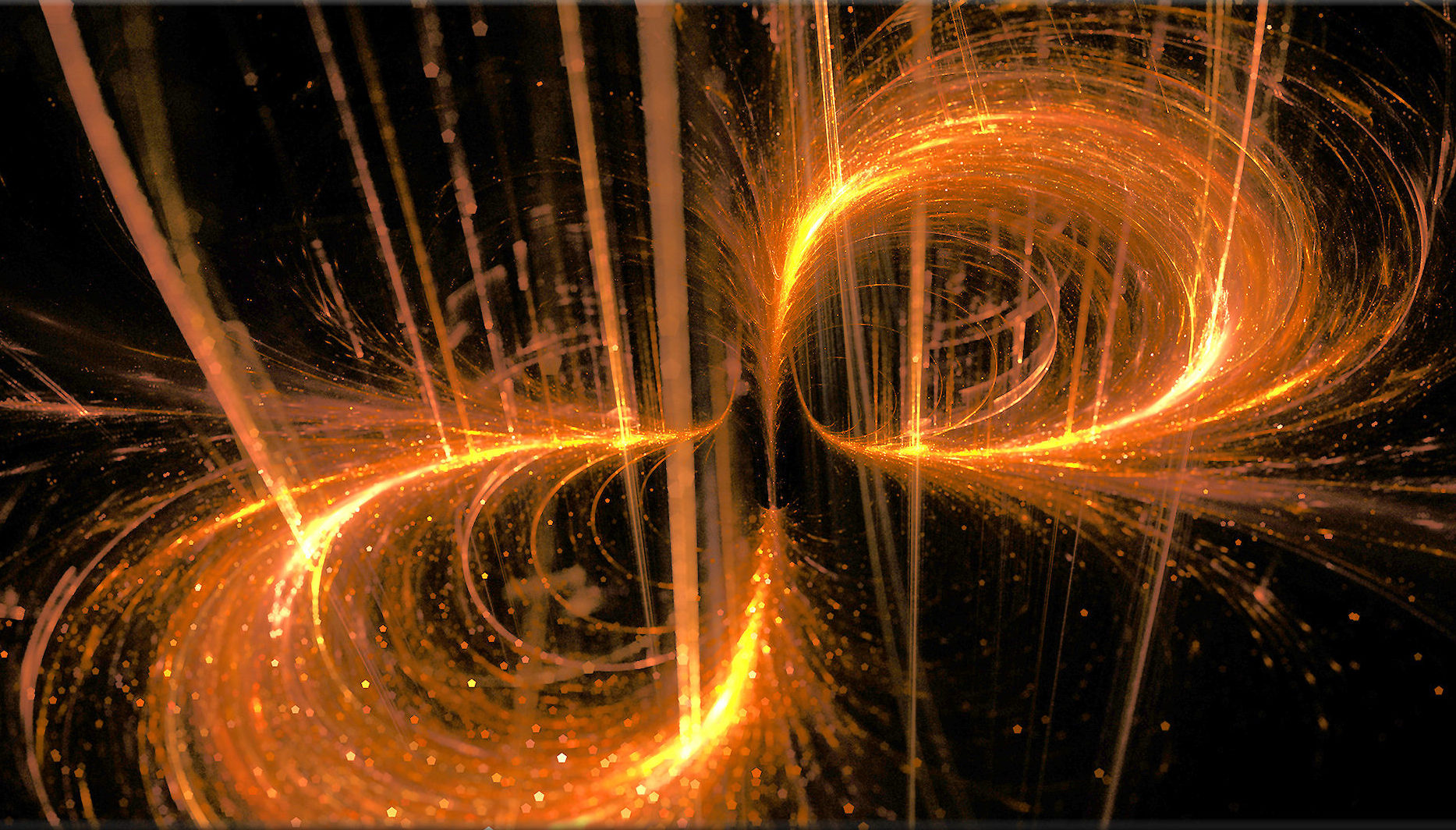LETTERS |12 MARCH 2020
Histopathologic Changes and SARS–CoV-2 Immunostaining in the Lung of a Patient With COVID-19 FREE
Huilan Zhang, PhD*; Peng Zhou, PhD*; Yanqiu Wei, MD*; Huihui Yue, MD*; Yi Wang, PhD*; Ming Hu, MD*; Shu Zhang, PhD; Tanze Cao, MD; Chengqing Yang, MD; Ming Li, MD; Guangyun Guo, MD; Xianxiang Chen, MD; Ying Chen, MD; Mei Lei, MD†; Huiguo Liu, PhD†; Jianping Zhao, PhD†; Peng Peng, MD†; Cong-Yi Wang, PhD†; Ronghui Du, MD†
FIGURE 1.
Computed tomographic images obtained from the patient 3 weeks after initial clinical manifestations of COVID-19 and 2 weeks before transthoracic biopsy, demonstrating ground glass–like opacifications.
Pleural thickening and enlarged mediastinal lymph nodes were present. Arrows indicate the approximate locations of the subsequently obtained postmortem transthoracic needle biopsy samples. A. Left upper anterior segment. B. Left upper lingular segment. C. Left lower lobe.
FIGURE 2.
Histopathologic examination of lung biopsy tissues and immunostaining from a patient who died of COVID-19 (×100 magnification).
A. Histopathologic examination revealing diffuse alveolar damage, organizing phase (A-1); denudation of alveolar lining cells (arrow 1), with presence of reactive type II pneumocyte hyperplasia (arrow 2) (A-2); intra-alveolar fibrinous exudates (arrow 3) and interstitial loose fibrosis with chronic inflammatory infiltrates (arrow 4) (A-3); and intra-alveolar loose fibrous plugs (arrow 5) (A-4). In most foci, intra-alveolar organizing fibrin is seen (arrow 6). B. Immunostaining of SARS–CoV-2 in lung sections. Images were taken under light and fluorescent conditions, respectively (f×100 magnification). Merged images were also generated. Blue arrows indicate interstitial areas between the alveoli, and green arrows indicate injured epithelial cells desquamated into the alveolar spaces. The dashed black lines indicate the blood vessel. Immunostaining of SARS–CoV-2 was done by using a rabbit polyclonal antibody (made in house, 1:100) against the Rp3 NP protein, which is highly conserved between SARS-CoV and SARS–CoV-2, followed by probing with a Cy3-conjugated goat antirabbit IgG (1:50, Abcam, ab6939). C. Positive and negative controls for immunostaining. For the positive control, the Huh7 cells were infected with SARS–CoV-2 at multiplicity of infection of 0.5 for 48 hours. After extensive washes, the cells were then fixed with 2.5% (wt/vol) glutaraldehyde. The infected cells were stained in red, and nuclei were stained with DAPI (Beyotime, Wuhan, China) in blue. For the negative control, biopsy lung sections derived from a patient with HIV who died of fungal infection were stained in parallel with lung sections from the patient with COVID-19 as above.
References
-
Zhou P, Yang XL, Wang XG, et al. A pneumonia outbreak associated with a new coronavirus of probable bat origin. Nature. 2020. [PMID: 32015507] doi:10.1038/s41586-020-2012-7
-
Corman VM, Landt O, Kaiser M, et al. Detection of 2019 novel coronavirus (2019-nCoV) by real-time RT-PCR. Euro Surveill. 2020;25. [PMID: 31992387] doi:10.2807/1560-7917.ES.2020.25.3.2000045







